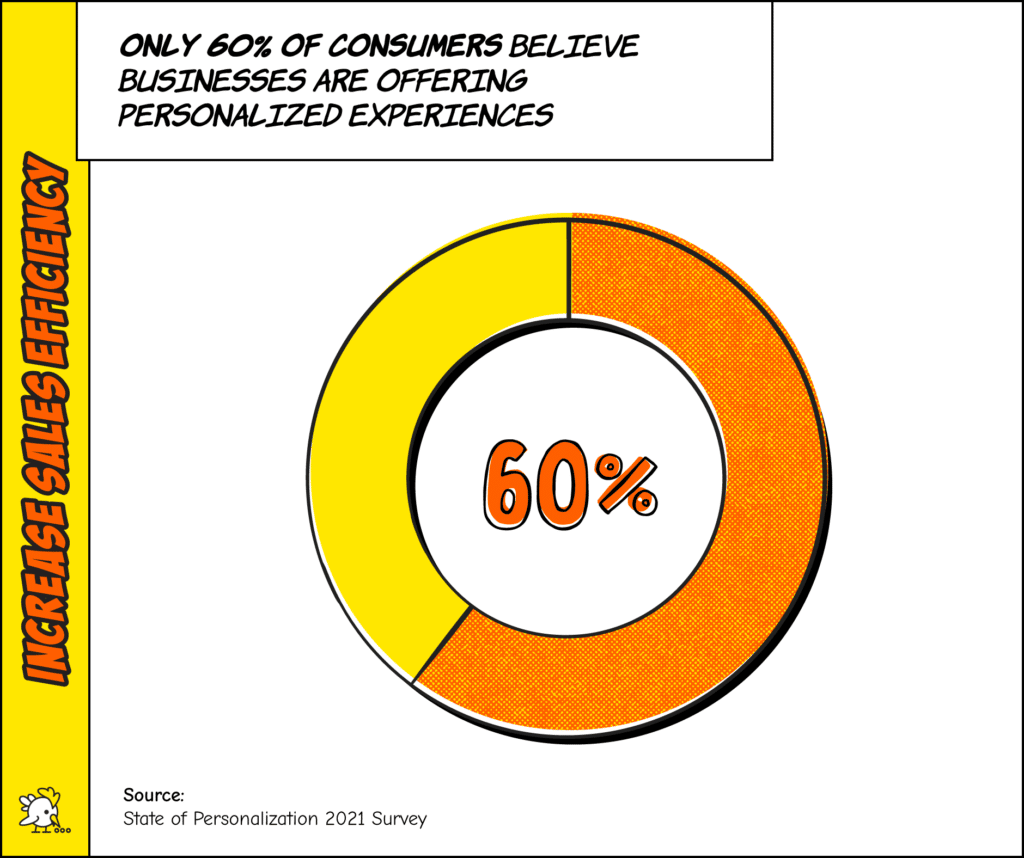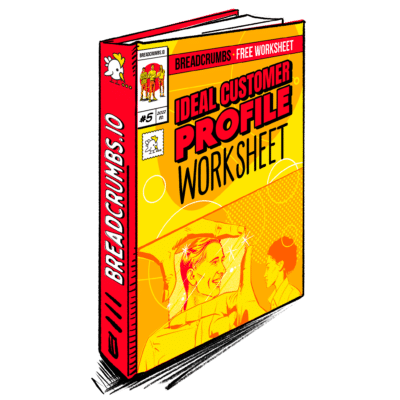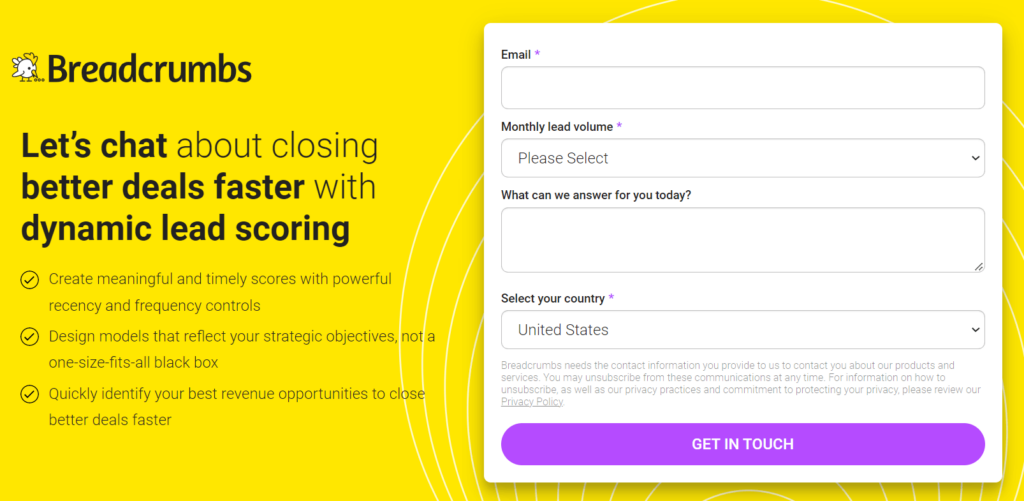

Unkover your competitors’ Marketing Secrets
Say goodbye to wasting hours on competitor analysis by equipping your team with an AI-driven, always-on competitive intelligence platform.


Say goodbye to wasting hours on competitor analysis by equipping your team with an AI-driven, always-on competitive intelligence platform.

Stay Ahead with AI-DRIVEN Competitive Intelligence
Unkover is your AI-driven Competitive Intelligence team delivering critical updates about your competitors the moment they happen:
Track your competitors website changes
Why spend all day stalking the competition when you don’t have to?
With Unkover, you’ll know instantly when your competitors tweak their messaging or shake up their pricing. No more endless scrolling through their sites or second-guessing your strategies.
Let us do the heavy lifting for you, ensuring you’re always in the loop by notifying you the moment a critical change happens on your competitor’s pages.
Sit back, relax, and keep winning—Unkover makes sure you’re not just in the game, you’re always a step ahead.


Read your competitors emails
Companies love updating their customers and prospects about relevant news, product updates, and special offers.
That juicy info from your competitors? It’s yours too. Unkover will automatically capture all their emails and bring them right to your doorstep—accessible to your entire team, anytime.
[COMING SOON: Our fine-tuned AI will sift through these emails, extract key information and send them over to the best team within your org. Less noise, more signal!]
We hear you! Unkover’s goal is not to flood you with tons of data points that no one in your team will ever read. We gather competitive intelligence from thousands of data sources and use AI to highlight actionable information to the right team in your company.
Say goodbye to noise. We’re 100% signal.
ROADMAP
We’re excited to get Unkover in your hands as soon as possible and keep building the best competitive intelligence tool with your precious feedback. The roadmap for the next few months is already exciting, so take a look!
While we build and deliver, here’s our promise to you: as an early tester and customer, you’ll lock in an exclusive bargain price we’ll never offer again in the future.

Spy on your competitors’ full marketing strategy: social, ads, content marketing, email flows, and more.

Track competitive Win/Loss analysis and build battle cards. Get alerted at every pricing change.

Get immediate alerts when competitors announce new features or major releases. Identify strengths and weaknesses from online reviews.

Get the competitive intelligence you need where you need it: Slack, eMail, MS Teams, Salesforce, Hubspot, Pipedrive and more.
slack integration
Unkover’s Slack integration lets you keep your whole team up to speed with your competitors’ updates.

Join now to lock in an exclusive 50% lifetime discount
For startups and small teams, it’s the essential toolkit you need to keep an eye on a select few competitors.

Up to 5 competitors

50 pages monitored

10 email workflows

3-day data refresh
$39
/per month
$ 79
50% discount
Billed annually
For growing businesses, it allows you to monitor more competitors, pages, and email workflows.

Up to 10 competitors

100 pages monitored

20 email workflows

1-day data refresh
$79
/per month
$ 159
50% discount
Billed annually
For large companies, it is tailored to meet the needs of multiple teams needing granular insights.

Custom number of competitors

Custom number of pages monitored

Custom number of email workflows

Hourly data refresh
Custom price
Billed annually

Improving sales efficiency boils down to three main things.
Processes, customers, and tools.
This guide outlines some of our favorite tried-and-tested ways to improve your sales team’s performance, shorten the sales cycle, and accelerate revenue growth.
Sales efficiency is a SaaS metric calculated by dividing the gross revenue your sales team generates by sales and marketing expenses (e.g., salaries, marketing campaigns).
Gross revenue: $22 million Sales and marketing expenses: $3 million Sales efficiency: 7.3
The quicker you convert a prospect to a lead and customer, the sooner you achieve revenue acceleration.
Here’s what startups and agencies today are doing to improve their sales efficiency.
85% of businesses believe they are offering personalized experiences. This was startling only in the fact that only 60% of consumers seem to think that’s the case.

Businesses are behind on personalization—many struggle with silos within departments and the required technology to deliver personalized experiences across channels.
Does the key to personalization only lie in legacy infrastructure that acts as a single source of truth?
Not quite. Another missing key to creating a consistent experience is developing an accurate ideal customer profile (ICP).
An ideal customer profile (ICP) is a high-level document of fictional companies that benefit the most from your product or service. It’s created using firmographic data like annual revenue, company size, and number of employees.
ICPs are valuable in marketing, sales, and product development. These data-backed templates help you:
In Instrumentl’s case, ICPs helped qualify the bulk of its leads before they even reached out to the company.
Gauri Manglik, the co-founder and CEO of Instrumentl, shares with Breadcrumbs, “By understanding our ICP really clearly, we were able to filter half of the inquiries that come into our business as qualified or not qualified.”
This saves Gauri and her team a lot of time and effort from speaking to leads unfit for their business.

Ebook
Ideal Customer Profile (ICP) Worksheet
Learn how to create an Ideal Customer Profile and build a successful sales strategy with this Ideal Customer Profile (ICP) Worksheet.
ICPs are only effective when backed by relevant data. Here’s how you can validate your ICP if it hasn’t been updated in a while:
Breadcrumbs Reveal will return a list of actions and attributes that drive revenue in your business.

ICPs help you identify your best customers today and strategize your next move. Grab your FREE account now to validate your ICP and generate more conversions.
Consistency involves developing new habits and building momentum until these repeated actions—from prospecting and pitching to bypassing price objections—becomes muscle memory.
Instead of scratching your head about an MIA lead or an onslaught of customer objections you didn’t prepare for, you know what to do to get the skeptical prospect to the next stage: saying yes.
Max Hauer, the CEO of Goflow, shares with Breadcrumbs, “This is especially beneficial for our new sales reps, who often get confused about what to do next: a situation that unfortunately delays selling.”
By having a clear and consistent structure, you eliminate guesswork and lead every pitch with confidence.
Note: Lack of an established sales process is usually a sign that you need to implement revenue operations in your company. Learn more in our RevOps guide to get started.
Sales reps, your time is better spent on warm calling prospective clients as cold call conversion rates hover around a measly 2%.
Better yet, provide as much information before hopping on a call.
uSERP, a digital PR and link-building agency, sends prospects its offerings and a budget range to ensure that they’re on the same page.
This simple strategy increased the number of calls booked, attendance rates, bottom-line close rates, and revenue.
“It disqualifies companies that aren’t a good fit,” explains Jeremy Moser, the co-founder and CEO of uSERP, of the strategy.
According to Jeremy’s experience, many leads rarely read the information on his company’s website, and yet 90%+ clicked and opened the information he shared in the preliminary emails.
“Our pipeline is smaller, but the close rates increase dramatically because we only spend our time on the best possible leads that we can genuinely help. We get the formalities of what we do out of the way and leave our sales calls more productive about strategy and impact.”
Pro tip: Often, there’s a gap between a lead contacting for more information and getting on a call with sales. Borrow a page from TeamBuilding’s book to combat this gap and improve sales efficiency: embed an appointment scheduler on the thank you page, run an email sequence to follow up, and manually schedule a call once they replied. The time between the call and sale will reduce. For TeamBuilding, about 65% of leads book their own calls right away. “Our client advisors are also spending less time on emailing and scheduling calls,” shares Michael Alexis, the CEO of TeamBuilding. “This frees up time and allows them to focus on other high-value tasks.”
“The demo is an act of persuasion,” writes Joanna Weibe, the creator of Copyhackers, in an article about SaaS demos. “It’s not about the features—it’s never, ever about the features, even when it is.”
Demos should be treated as a closing tool, not a sales tool.
These video calls are conversations that identify the prospect’s pain and show how your product crushes said pain in a visual demonstration.
Before running a demo, consider running a pre-demo to gather context and priority using the following questions:
For example, Breadcrumbs requires prospective buyers to include their burning question (“What can we answer for you today?”) before hopping on a call.
It sets context instantly.

Demo, pre-demo, or whatnot, your main goal is to consult and provide value, not selling the product right off the bat.
Pro tip: Follow the 80/20 rule in your demos. Make 80% of the demo about the customer, and 20% about the solution.
Instrumentl, a non-profit grant platform introduced earlier in the post, spends 30-minutes educating its prospective customers about the different sides of its platform and how they can benefit from using it.
Since the startup boasts a strong inbound demand and its account executives are doing the same core action every week (note: this goes back to #2. standardizing sales process!), sales efficiency improved by a mile.
The hammer to a carpenter is like a CRM to a salesperson, they need it to do their job. CRMs are irreplaceable, so much so that they increase data accessibility and shorten sales cycles up to 14%.
Jim Campbell from wizve, a digital and affiliate marketing agency, uses his CRM to tailor his sales pitches according to past conversations and purchasing behavior.
A pitch that works for an SMB client will most likely fall on the ears of a move upmarket client. After all, both experience very different pain points (and boast very different budgets). Imagine trying to upsell a SMB customer a $10,000/month solution!
Your CRM needs to include a contact scoring tool if you want to pitch to the right person—especially when at least 50% of your prospects are not a good fit for your product.
In your contact scoring tool, assign a score for each attribute (e.g., job title) and action (e.g., emails open), set your “sales ready” threshold, and let our system do the rest of the work.
Here’s how it might look like when you use our lead scoring tool:
Breadcrumbs will proceed to send all scoring information back to your CRM. When a lead meets or exceeds the assigned score threshold, you’ll receive a notification, prompting you of the sales opportunity.

For example, if you want to create a sales-qualified lead (SQL) for, say, an email marketing solution, you might include the following attributes and actions:

If your startup operates on a product-led growth model, connect your product analytics tool with Breadcrumbs and determine what makes a product-qualified lead (PQL).
It’ll show a more holistic view of the customer journey.
Increasing sales efficiency requires all hands on deck. But what’s perhaps more important is the CRM.
These central hubs, especially those with co-dynamic contact scoring capabilities, make data accessible for all relevant teams. So, gather all your marketing, sales, and product data in one place for a holistic view of the customer journey.
Identify sales-ready leads and customers with zero guesswork and gain back time for high-value activities. Book a 30-minute demo with Breadcrumbs to improve your sales efficiency today.